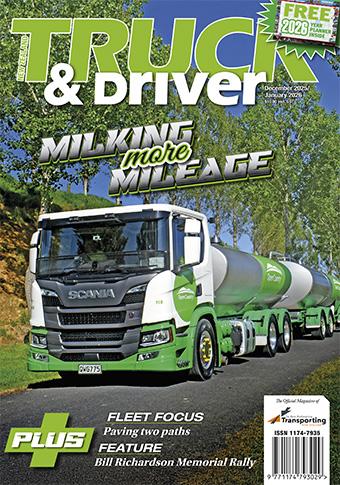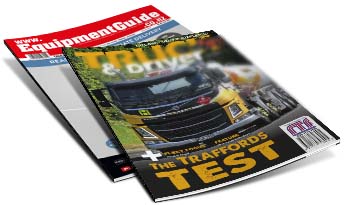
Roads, and paying for them
Posted: 08-Aug-2025 |
Lots of people, especially those like me, who have lived most of their life in the greater Wellington area had plenty to smile about with Transport Minister Chris Bishop’s announcement about the new Ōtaki to north of Levin highway (O2NL). NZTA has signed construction contracts with two alliances to build this Road of National Significance and construction will get underway this spring.
The existing Kāpiti Highway currently sees up to 19,500 vehicle movements per day, and this project is the final leg of the Wellington Northern Corridor. It will mean we have a multi-lane motorway/expressway standard road for those travelling between Wellington and a bit past Levin, about 95km.
Google says if I left the office now it would take me an hour and 18 minutes to drive to Levin. Bearing in mind a significant part of the journey in the future will have a 110 km/h speed limit, when O2NL is completed it’s likely I’ll be able to make it in about one hour.
Getting an extra 18 minutes back in my day would be huge. With trucks having a 90 km/h speed limit, the savings won’t be quite as pronounced, but nevertheless there will be time savings as well as other benefits. These new roads are safer and less stressful to drive on – unquestionably benefitting the communities they connect and our economy.
I don’t believe there has been sufficient appreciation of how better roads unlock productivity, but it is substantial.
Plans to scrap petrol tax and introduce RUC for all
Whether it was a deliberate, political strategy or not, days after announcing O2NL Chris Bishop then announced that Cabinet has agreed to take the first steps towards scrapping petrol tax and transitioning to universal RUC at a later date.
Public reaction appeared mainly negative. As tends to happen with these things, there was a lot of speculation as to what would happen, and particularly that people would end up paying more.
It’s important at this stage to keep in mind the scope of this announcement. The Minister’s announcement was about plans to introduce legislation that would enable an improved collection system.
What happens with the rates is yet to be determined but we do know a few things:
Given changes in the fleet and power train technology, the respective contributions from and to monies collected from petrol and diesel use are changing. Electrification and improvements to fuel consumption in the light petrol fleet have led to a reduction in the money collected from that part of the fleet, despite them still imposing similar infrastructure costs.
Over the last several years and putting Covid aside, using very approximate numbers, the total annual revenue collected has been in the order of $4 billion. Historically the income from petrol has been greater than that from diesel, but that’s changing.
The current National Land Transport Programme (NLTP) 2024 – 2027 includes planned investment of $33 billion over that three-year period, or on average $11b each year. There is a significant gap between intended investment and actual revenue, and we simply cannot afford to have a large proportion of the light vehicle fleet not contributing fairly to the maintenance and improvement of our roads. That is a recipe for even more congested, unsafe, pot-holed roads.
The road freight industry has been paying and administering weight-based road user charges for heavy vehicles for nearly 50 years, so it’s not as if there is only one way of collecting the revenue.
Time will tell with what happens with RUC rates for respective vehicle classes. I have no doubt we will be closely involved in those developments but for now, to put some context around vehicle contributions based on the typical annual distances travelled, a modern petrol hatchback is likely to pay in the order of $660, whereas a truck and trailer is paying in the order of $50,000.
Transitioning the light vehicle fleet from pay-at-the-pump fuel excise duty will be a significant undertaking, but essential to ensuring the transport system is sustainably funded. Having modern, well maintained transport infrastructure is critical to moving people and freight in a safe, affordable, and reliable way.
The Ministry of Transport has been engaging with us on this change for a considerable period, so it’s good to see the Minister actively addressing this issue. It’s also encouraging to see that Government isn’t rushing to implement the transition but is focused on ensuring the RUC system is user-friendly and accessible.
I’m optimistic that the light vehicle fleet can be carefully transitioned to universal RUC without undue inconvenience or disruption to motorists.
The reality is that doing nothing is not an option.
Board elections
In other news, our year is flying by and at our October AGM in Napier we will be holding elections for our officers. There is a huge amount going on in our industry, and being a Board Member of Transporting New Zealand is a massively valuable opportunity to lead our industry and ensure it remains successful in the future.
If you’re interested in standing for Board election, please contact kelly@transporting.nz.
Dom Kalasih, Chief executive of Transporting New Zealand



 + EQUIPMENT GUIDE - FREE
+ EQUIPMENT GUIDE - FREE
